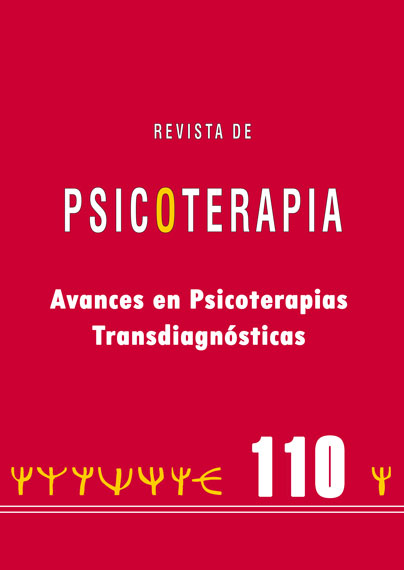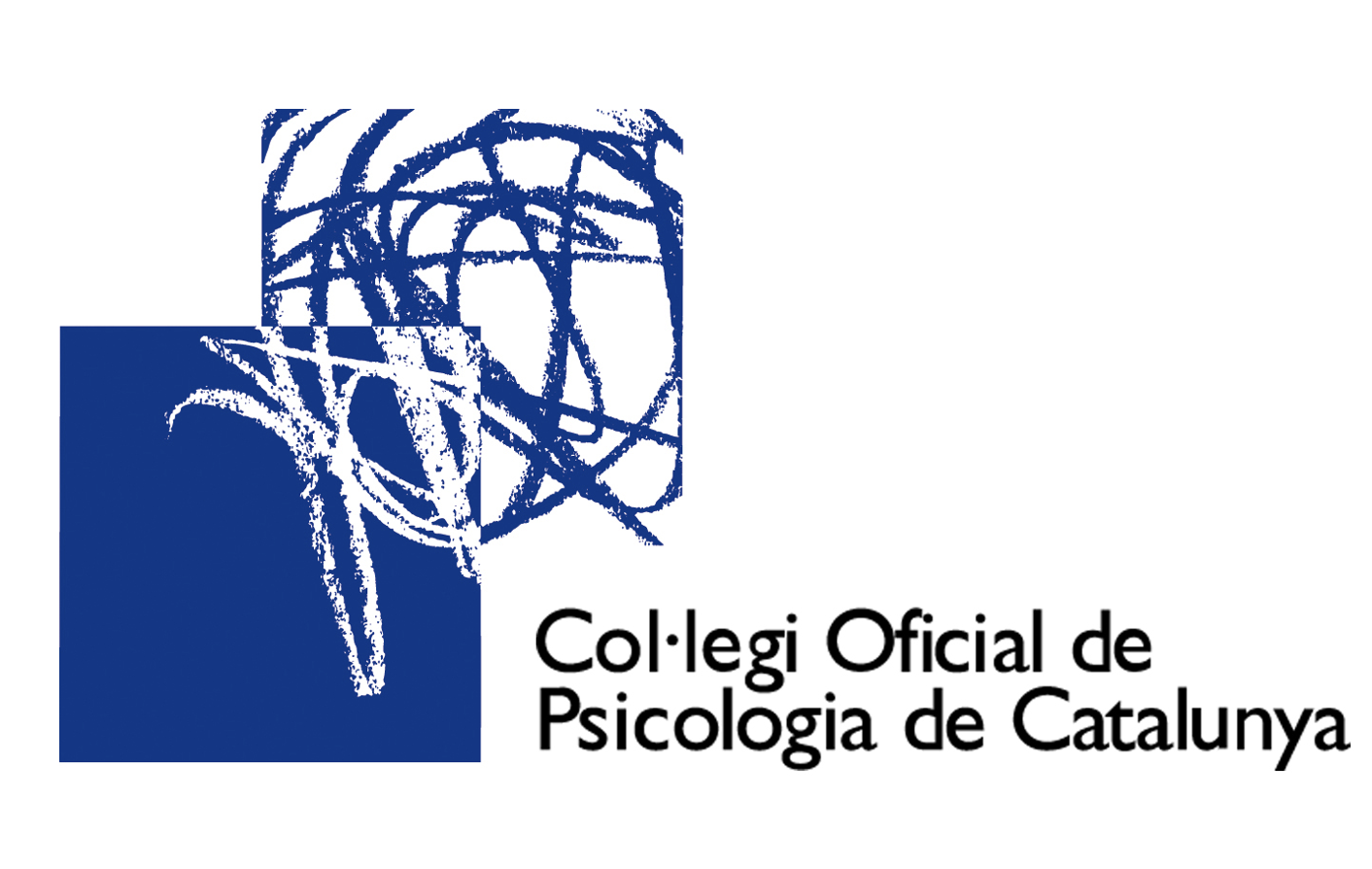El Método de Niveles: ¿Es la terapia psicológica disponible más parsimoniosa?
DOI:
https://doi.org/10.33898/rdp.v29i110.242Palabras clave:
Terapia del Método de Niveles, MOL, asistencia psicológica, salud mental, servicios de salud mentalResumen
En este artículo, presentaré la terapia del Método de Niveles (MOL; Carey, 2006) como una solución sencilla a muchas de las cuestiones y complejidades de las prestaciones en salud mental en todo el mundo. Primero, trataré de explicar que los problemas relacionados con la asistencia a personas que padecen problemas de salud mental y experimentan malestar psicológico crónico pueden aliviarse mediante tres prácticas generales desde la integración de la literatura científica: (1) integrar los procesos psicológicos en los trastornos de salud mental; (2) integrar los procesos psicológicos en un único proceso central; y (3) integrar las teorías que fundamentan las terapias psicológicas en un enfoque teórico unificado. En segundo lugar, describiré los principios de una teoría, la Teoría del Control Perceptual (PCT, Powers, 1973), que proporciona una explicación unificada del funcionamiento psicológico. Estos principios son: control, conflicto y reorganización. Tercero, explicaré brevemente cómo implementar la terapia derivada de estos principios % MOL. En cuarto lugar, resumiré la evidencia de los beneficios del enfoque MOL y su mecanismo de cambio. Finalmente, estableceré una visión de cómo la teoría PCT podría orientar el futuro de los servicios de salud mental.
Descargas
Citas
Alsawy, S., Mansell, W., Carey, T. A., McEvoy, P. y Tai, S. J. (2014). Science and practice of transdiagnostic CBT: a Perceptual Control Theory (PCT) approach. International Journal of Cognitive Therapy, 7(4), 334-359.
Bird, T., Mansell, W., Dickens, C. y Tai, S. J. (2013). Is there a core process across depression and anxiety? Cognitive Therapy and Research, 37, 307-323.
Carey, T. A. (2008). Perceptual control theory and the method of levels: Further contributions to a transdiagnostic perspective. International Journal of Cognitive Therapy, 1(3), 237-255.
Carey, T. A. (2011). Exposure and reorganization: the what and how of effective psychotherapy. Clinical Psychology Review, 31, 236-248.
Carey, T. A., Mansell, W. y Tai, S. J. (2014). A biopsychosocial model based on negative feedback and control. Frontiers in Human Neuroscience, 8, 94.
Carey, T. A., Mansell, W., Tai, S. J. y Turkington, D. (2014). Conflicted control systems: the neural architecture of trauma. The Lancet Psychiatry, 1(4), 316-318.
Carey, T. A., Tai, S. J. y Stiles, W. B. (2013). Effective and Efficient: Using Patient-led Appointment Scheduling in Routine Mental Health Practice in Remote Australia. Professional Psychology: Research and Practice, 44(6), 405-414.
Cocklin, A. A., Mansell, W., Emsley, R., McEvoy, P., Preston, C., Comiskey, J. y Tai, S. (2017). Client Perceptions of Helpfulness in Therapy: a Novel Video-Rating Methodology for Examining Process Variables at Brief Intervals During a Single Session. Behavioural and Cognitive psychotherapy, 45(6), 647-660.
Harvey, A., Watkins, E., Mansell, W. y Shafran, R. (2004). Cognitive-behavioral Processes across Psychological Disorders: A Transdiagnostic Approach to Research and Treatment. Oxford, Reino Unido: OUP.
Higginson, S. y Mansell, W. (2016a). A systematic review of independent-rater, within session measures of therapeutic change: The importance of awareness and transformation. doi: 10.13140/RG.2.1.3280.9041
Higginson, S. y Mansell, W. (2016b). The Depth and Duration of Awareness Coding Scheme (D-DACS) Manual. doi: 10.13140/RG.2.1.2494.4725
Higginson, S., Mansell, W. y Wood, A. M. (2011). An integrative mechanistic account of psychological distress, therapeutic change and recovery: The perceptual control theory approach. Clinical Psychology Review, 31(2), 249-259.
Kelly, R. E., Mansell, W. y Wood, A. M. (2015). Goal conflict and well-being: A review and hierarchical model of goal conflict, ambivalence, self-discrepancy and self-concordance. Personality and Individual Differences, 85, 212-229.
Macintyre, V., Brown, H. y Mansell, W. (2017). Coding the common and distinctive components of diverse therapies. Paper presented at the Annual Scientific Conference of the British Association for Behavioural and Cognitive Psychotherapies, University of Manchester.
Mansell, W., Carey, T. A. y Tai, S. J. (2015). Principles-based counselling and psychotherapy: A Method of Levels approach. New York, NY: Routledge.
Mansell, W. y McEvoy, P. M. (2017). A test of the core process account of psychopathology in a heterogenous clinical sample of anxiety and depression: A case of the blind men and the elephant? Journal of Anxiety Disorders, 46, 4-10.
Patel, T., Mansell, W. y Veale, D. (2015). The Cognitive Behavioural Processes Questionnaire: A preliminary analysis within student, mixed clinical and community samples, and the identification of a core transdiagnostic process. Cognitive Therapy and Research, 39(2), 193-203.
Powers, W. T. (1973). Behavior: The control of perception. New York, NY: Hawthorne.
Descargas
Publicado
Cómo citar
Número
Sección
Licencia
Los autores/as que publiquen en esta revista aceptan las siguientes condiciones:
- Los autores/as conservan los derechos de autor y ceden a la revista el derecho de la primera publicación, con el trabajo registrado con la Creative Commons CC-BY-NC 4.0 Internacional, que permite a terceros citar el texto y usarlo sin alterarlo y sin beneficio económico, siempre que mencionen la autoría del trabajo y la primera publicación en esta revista.
- Los autores/as pueden realizar otros acuerdos contractuales independientes y adicionales para la distribución no exclusiva de la versión del artículo publicado en esta revista (p. ej., incluirlo en un repositorio institucional o publicarlo en un libro), siempre que indiquen claramente que el trabajo se publicó por primera vez en esta revista.
- Las opiniones expresadas en los trabajos son responsabilidad única de los/as autores/as, no reflejando en ningún caso las opiniones o políticas científicas de la revista.








